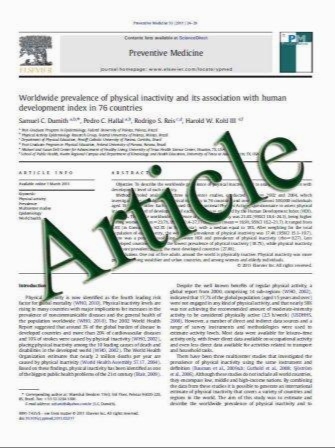Wound complications in total knee arthroplasty. Which flap is to be used? With or without retention of prosthesis?
- نوع فایل : کتاب
- زبان : انگلیسی
- مؤلف : Alfredo Schiavone Panni • Michele Vasso • Simone Cerciello • Marzia Salgarello
- چاپ و سال / کشور: 2011
Description
Purpose The aim of our review paper is to present a possible algorithm of treatment of knee periprosthetic soft tissue defects, relative to their extent and depth. Different management of exposed total joints is also proposed, depending on the presence or loss of deep infection and on the timing of infection itself. Methods In accordance with literature and the experience of senior knee surgeon, the incidence and risk factors, and possible treatment options of wound complications following total knee arthroplasty have been throughly analyzed. Results There is much controversy regarding the optimal management of wound necrosis around a total knee. Local wound care, debridement, and fasciocutaneous, muscle and perforator flaps have been differently used. Muscle coverage remains the standard to which all other flaps should be compared, especially in infected wounds. Perforator flaps have recently represented a true revolution in the soft tissue reconstruction around the knee, with peculiar advantages due to their low donor morbidity and long pedicles. Conclusion When wound complications occur, prompt management is mandatory. An algorithm for treatment of wound defects is presented, available for both primary and revision knee replacement.
Knee Surg Sports Traumatol Arthrosc (2011) 19:1060–1068 DOI 10.1007/s00167-010-1328-5 Received: 12 March 2010 / Accepted: 8 November 2010 / Published online: 15 December 2010


